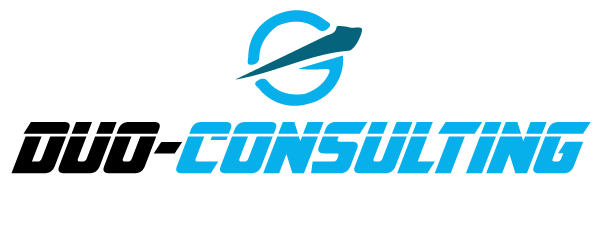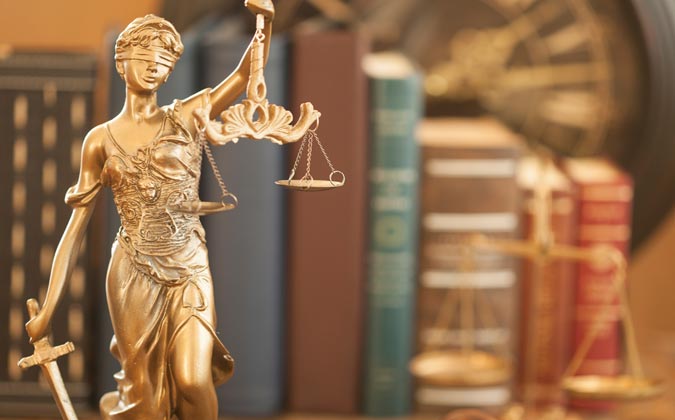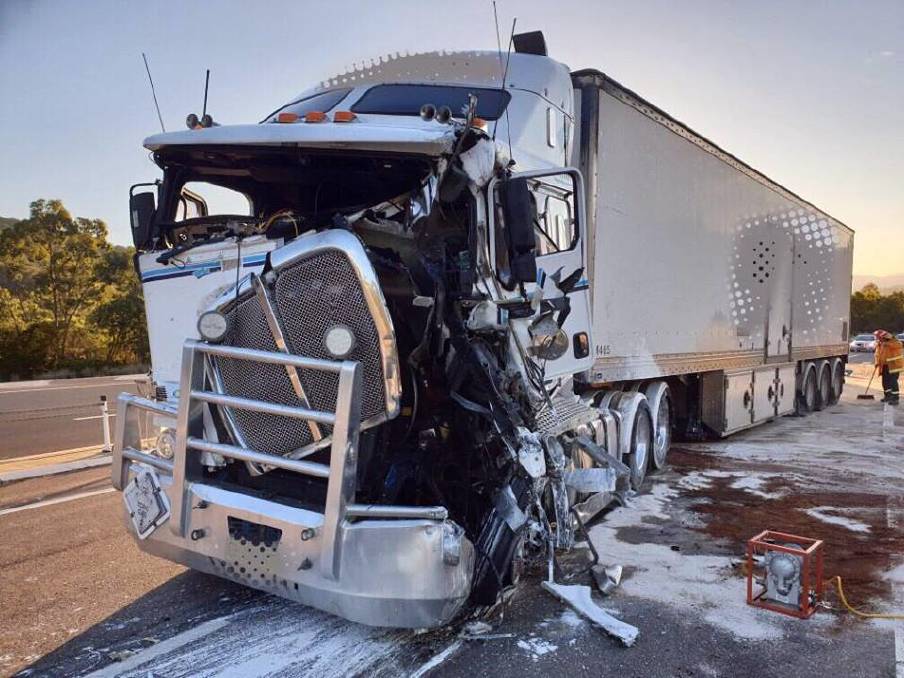Debt can feel like a suffocating weight, a relentless burden that steals your peace of mind and casts a shadow over your future. When the numbers spiral out of control and the stress becomes overwhelming, bankruptcy might seem like a terrifying prospect. However, it is crucial to recognize bankruptcy for what it truly is: a legal and powerful tool designed to offer a lifeline, a chance to break free from the shackles of debt and build a brighter financial future. Bankruptcy provides much-needed relief in two primary ways. Chapter 7, often referred to as liquidation, acts as a clean slate. Under Chapter 7, certain eligible debts are discharged, meaning you are no longer legally obligated to repay them. This can encompass credit card debt, medical bills, and personal loans. The court appoints a trustee who takes possession of your non-exempt assets, like a second car or expensive jewelry, to sell and distribute the proceeds to creditors. However, there are exemptions in place to protect essential assets like your primary residence, basic household furnishings, and your car up to a certain value. Chapter 7 offers a swift path to debt elimination, allowing you to rebuild your finances from the ground up.
This plan typically lasts for three to five years, and at the end of it, any remaining eligible debt is discharged. Chapter 13 is a viable option if you own assets you want to keep, such as your home or if you have a steady income and simply need time to catch up. The immediate benefit of bankruptcy is undeniable a significant reduction in debt and a halt to creditor harassment. Collection calls cease, wage garnishments are stopped, and the threat of foreclosure or repossession is lifted. This creates a crucial space to breathe, a chance to finally feel some control over your finances. It allows you to focus on essential expenses and basic needs without the constant anxiety of mounting debt. Beyond immediate relief, bankruptcy paves the way for a brighter financial future. With a significant portion of your debt eliminated, you will have more disposable income. This newfound freedom allows you to start building an emergency fund, a vital safety net that can prevent future financial crises. You can finally start saving for long-term goals, like a down payment on a house or your child’s education.
Rebuilding credit after bankruptcy is certainly a challenge, but it is far from impossible. Responsible credit card use and on-time payments for utilities and rent will demonstrate your commitment to financial responsibility. Secured credit cards, which require a deposit upfront, are a great way to rebuild trust with lenders and Schedule a free consultation. By taking control of your finances and making smart choices, you can steadily improve your credit score and regain access to affordable credit options. There is no denying that bankruptcy comes with drawbacks. It will stay on your credit report for up to ten years, potentially impacting your ability to secure loans or rent an apartment. However, the negative impact lessens over time, and a strong track record of responsible financial management can significantly mitigate it. It can empower you to break free from the burden of debt, build a secure financial future, and achieve your long-term financial goals. By taking control of your finances and making responsible choices, you can emerge from bankruptcy stronger, more resilient, and ready to build a brighter future.





